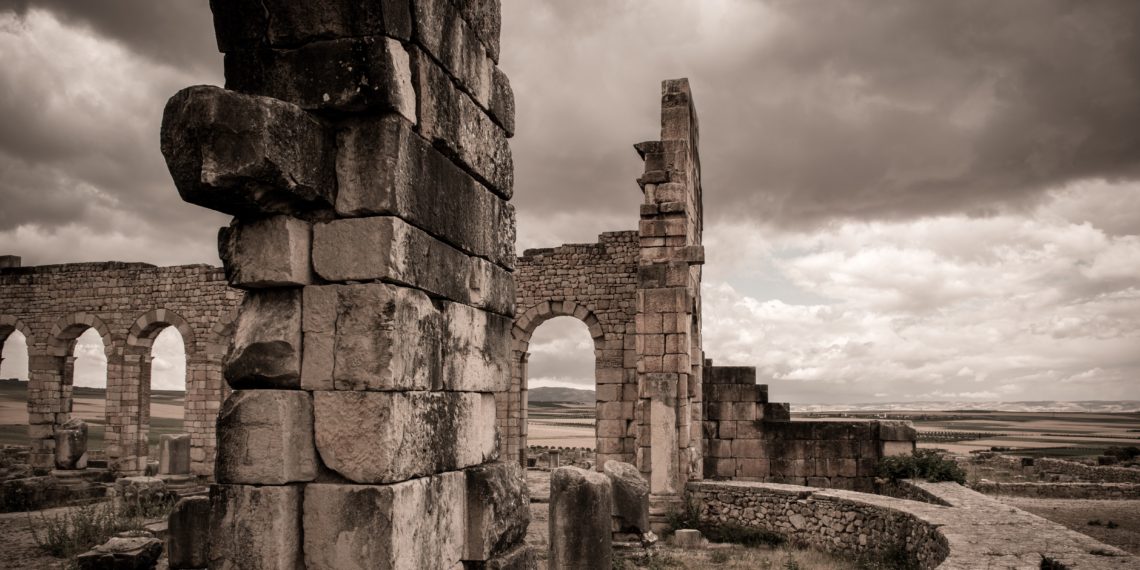With influences from the Middle East, Europe, and Africa, Morocco has a long and varied past. There are many historical places to explore in Morocco, ranging from ancient Roman ruins to medieval fortifications. In order to get a sense of Morocco’s past, check out these eight historical locations:
The Institution of Al-Karaouine, is a renowned and illustrious university situated in the Moroccan city of Fes. Fatima al-Fihri founded it in 859 AD, and it immediately rose to prominence as one of the most important centers of learning and culture in the Islamic world, drawing academics and students from all over the world. The university was regarded as one of the most significant universities of its day and provided a wide range of topics, including as law, medicine, astronomy, and mathematics. The Al-Karaouine is still a functioning university today, and because of its cultural and historical value, UNESCO has designated it a World Heritage Site.
The famous Koutoubia Mosque, one of the biggest mosques in Morocco, is located in Marrakech and dates back to the 12th century. The Bahia Palace and the El Badi Palace, both of which date from the 19th century, are among the city’s other palaces.
The Mausoleum of Mohammed V, a national monument and the final resting place of the Moroccan king and his two sons, is located in Rabat, the capital city of Morocco. Additional historical sites in the city include the Hassan Tower and the Chellah Necropolis, both of which are UNESCO World Heritage Sites.
The Hassan II Mosque, the third-biggest mosque in the world and the largest mosque in Morocco, is located in Casablanca. The 210-meter minaret on the mosque, which was finished in 1993, is the tallest in the entire globe.
Meknes: The Mausoleum of Moulay Ismail, which serves as the final resting place for the Moroccan monarch who ruled from 1672 to 1727, is located in the city of Meknes. The mausoleum is a massive building with elaborate ornamentation and minute features.
Volubilis: A UNESCO World Heritage Site, the ancient Roman city of Volubilis is situated in the Meknes region. The city was a significant Roman metropolis in Africa and was founded in the third century BC. It features well-preserved remnants of public buildings, baths, and villas. The most notable remains in Volubilis include the triumphal arch, the basilica, the capitol, and the House of Orpheus, as well as mosaics and other decorative elements that give us a glimpse into the prosperity and cultural sophistication of the city.
Chefchaouen: The Rif Mountains are home to Chefchaouen, a city distinguished by its blue-washed structures. The Kasbah Museum, which is situated in a stronghold from the 16th century, is one of the city’s historical sites. The city was formed in the 15th century.
Tan Tan: The Guelmim-Es Semara National Park, a UNESCO World Heritage Site, is situated in Tan Tan, a city in the Sahara Desert. Numerous historic rock art locations, such as the Tazina and Tazzarine, which belong to the Neolithic era, may be found in the park.
In summary, Morocco is a nation with a long and varied past, as well as numerous historical places that are interesting to visit. These eight must-see historical sites, which range from ancient Roman ruins to medieval fortifications, give a window into the past of the nation and a special chance to learn about Morocco’s cultural and historical legacy.





